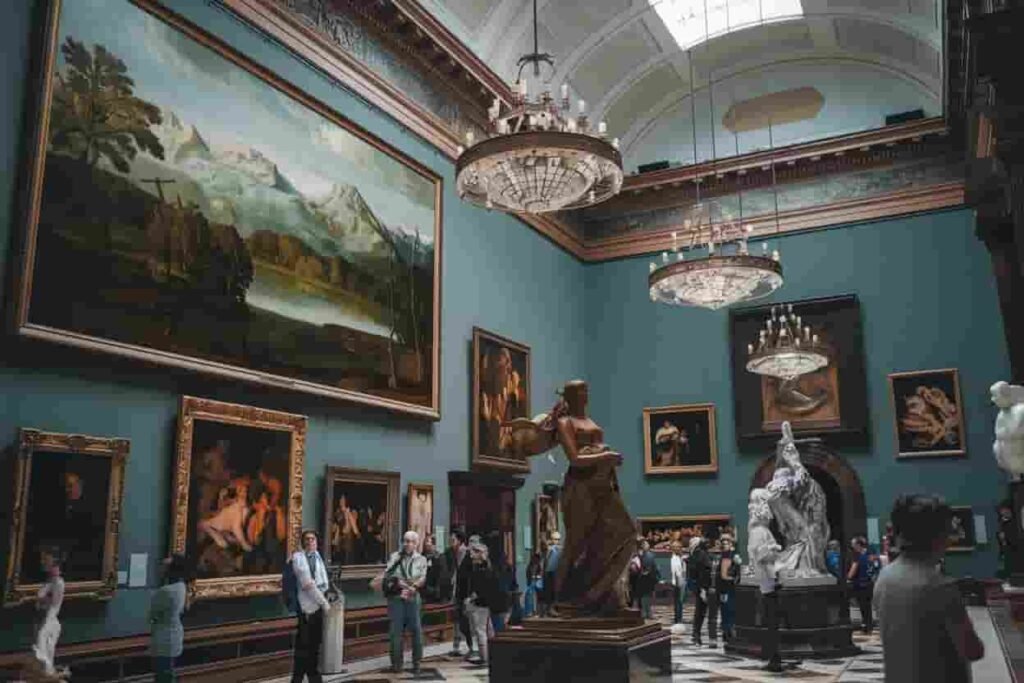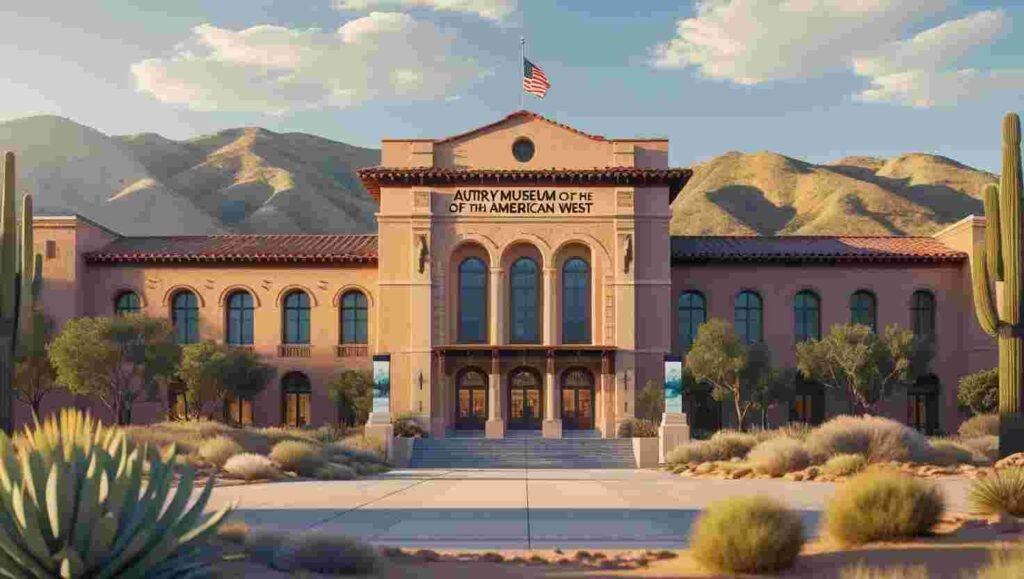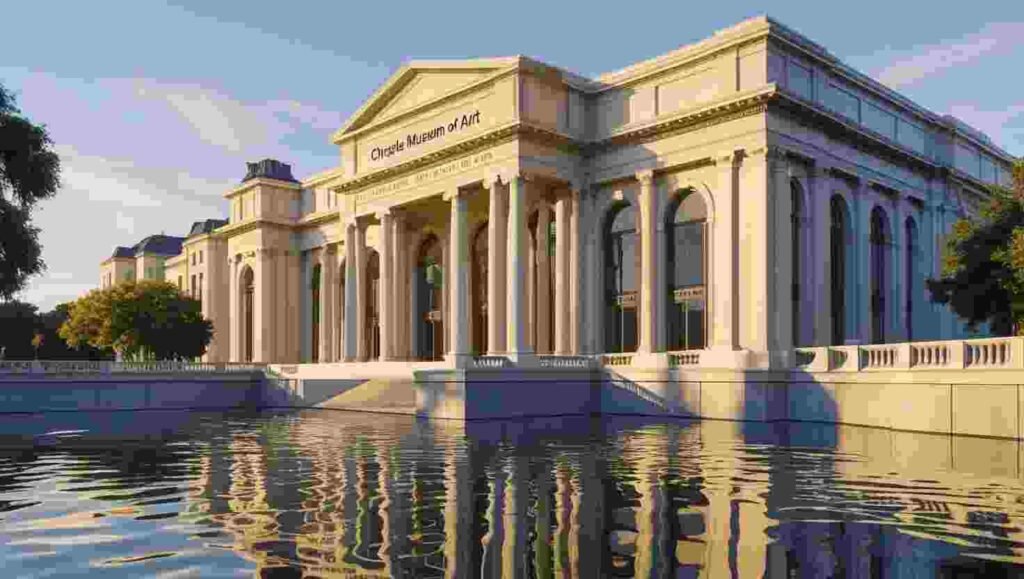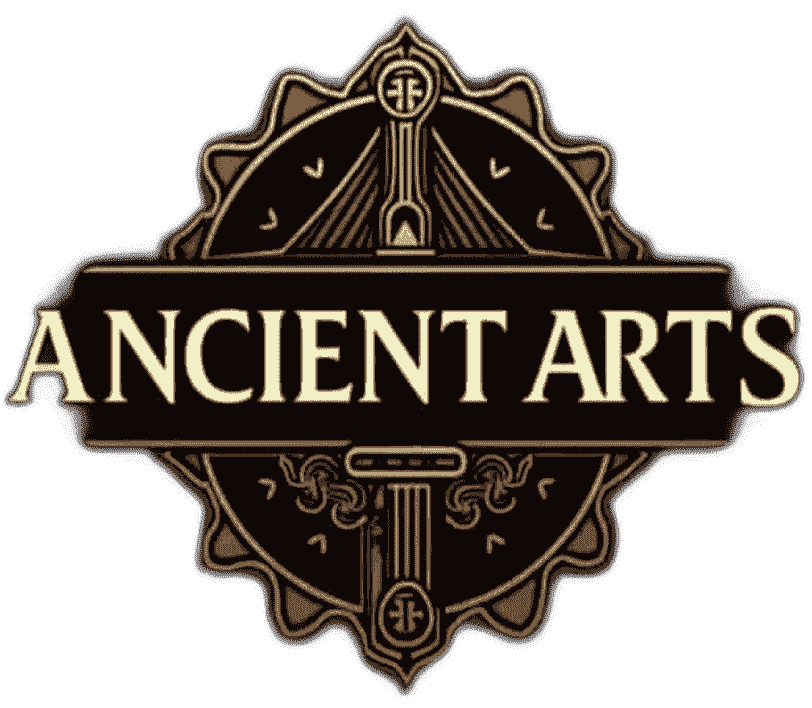Introduction
Museums are the guardians of history, culture, art and science. They provide a glimpse into the past while educating the public about various aspects of human civilization. From ancient artifacts to contemporary art, museum hold treasures that reflect the evolution of humanity.
But what exactly defines a museum ? According to the International Council of Museum (ICOM), a museum is a permanent institution dedicated to preserving, studying, exhibiting and educating the public about cultural and scientific artifacts.
Why Are Museums Important?
- They preserve history for future generations.
- They educate people about different cultures and traditions.
- They inspire creativity and innovation.
- They contribute to tourism and the economy.
History of Museums
The idea of museum has existed for thousands of years. The earliest known museum was created by the Babylonians in 530 BCE. However, the modern museum system evolved during the Renaissance period in Europe.
| Era | Key Developments in Museums |
|---|---|
| Ancient Times | Temples stored religious artifacts, early collections in Mesopotamia and Egypt. |
| Middle Ages | Churches preserved relics and manuscripts. |
| Renaissance | Private collections of royalty, growth of European curiosity cabinets. |
| 18th-19th Century | Public museums like the British Museum (1753) and the Louvre (1793) were established. |
| 20th Century | Museums became centers for education and research. |
| 21st Century | Digital museums and virtual reality experiences emerged. |

Types of Museums
There are many types of museums, each serving a different purpose. Here’s a breakdown:
1. Art Museums
- These museum house famous paintings, sculptures, and artworks.
- Example: The Louvre Museum (France), The Met (USA), Uffizi Gallery (Italy)
2. History Museums
- Focus on historical events, wars, and civilizations.
- Example: Smithsonian National Museum of American History, British Museum
3. Science and Natural History Museums
- Contain fossils, space exhibits, and scientific discoveries.
- Example: American Museum of Natural History, Science Museum London
4. Children’s Museums
- Designed for interactive learning experiences for kids.
- Example: Children’s Museum of Indianapolis
5. Virtual and Digital Museums
- Online museums that use technology for immersive experiences.
- Example: Google Arts & Culture

Importance of Museums in Society
Educational Role
Museums provide hands-on learning through exhibits and artifacts. Schools often collaborate with museums for educational trips.
Cultural Preservation
They protect heritage by preserving artifacts, ancient manuscripts, and indigenous artworks.
Tourism and Economy
Popular museum attract millions of tourists, boosting local businesses.
Famous Museums Around the World
| Museum Name | Location | Notable Collections/Features |
|---|---|---|
| Louvre Museum | Paris, France | Home to the Mona Lisa and an extensive collection of art and historical artifacts. |
| British Museum | London, UK | Features a vast collection of world art and artifacts, including the Rosetta Stone. |
| Metropolitan Museum of Art | New York, USA | Offers over 2 million works spanning 5,000 years of art history. |
| State Hermitage Museum | St. Petersburg, Russia | Houses over 3 million items, including the world’s largest collection of paintings. |
| Uffizi Gallery | Florence, Italy | Renowned for its outstanding collection of Renaissance artworks. |
| Prado Museum | Madrid, Spain | Features one of the finest collections of European art, including works by Goya and Velázquez. |
| National Museum of China | Beijing, China | Focuses on Chinese history and art, with nearly 1.5 million items in its collection. |
| Vatican Museum | Vatican City | Displays a vast collection amassed by the Roman Catholic Church, including the Sistine Chapel. |
| Rijksmuseum | Amsterdam, Netherlands | Showcases Dutch art and history, including works by Rembrandt and Vermeer. |
| Tokyo National Museum | Tokyo, Japan | Specializes in traditional Japanese art and Asian art along the Silk Road. |
How Museum Preserve Culture and History
- Archiving and Cataloging: Museum maintain detailed records of artifacts.
- Conservation Techniques: Advanced methods like 3D scanning and climate-controlled storage.
- Restoration Projects: Experts restore damaged art and historical relics.
Role of Technology in Modern Museum
- Virtual Reality (VR) Tours
- AI-powered Interactive Exhibits
- 3D Printing for Artifact Restoration
- Online Databases for Global Access

Visiting Museum: Tips and Best Practices
- Plan your visit in advance (check museum timings and exhibitions).
- Follow museum etiquette (no flash photography, respect exhibits).
- Use guided tours for a richer experience.
Challenges Faced by Museum
- Funding and financial struggles
- Digital transformation difficulties
- Artifact theft and illegal trade
The Future of Museum
- Fully digital museum with virtual reality
- AI-powered personalized tours
- Holographic exhibitions
FAQs
hQ2. What is the most visited museum?
Te Louvre Museum in Paris is the most visited, attracting over 7 million visitors annually.
Q3. Can I take pictures inside museums?
It depends on the museum. Some allow non-flash photography, while others prohibit it.
Conclusion
Museums are gateways to history, culture and knowledge. Whether you visit a world-famous museum or a small local one, every museum holds a unique story waiting to be explored. As technology advances, museum will continue evolving, making knowledge more accessible than ever.




